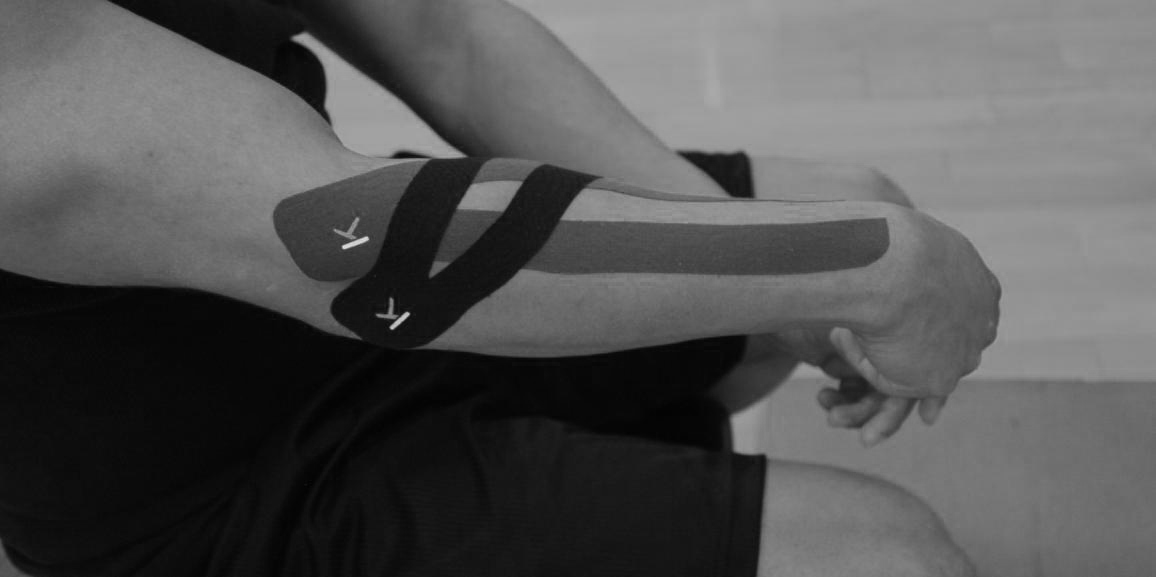Epicondylitis is a syndrome caused by overuse and it is characterized by the inflammation of the forearm muscles that attach to the elbow.
The inflammation may affect the extensor muscles located on the forearm surface (lateral epicondylitis) or the flexors located on the medial surface of the forearm (medial epicondylitis).
The problem of epicondylitis is essentially due to a small bone protrusion in the lateral area of the elbow, the epicondyle.
Although this area is small, however, many important muscles (such as the wrist and fingers extensors) are originating and that creates great forces, making the area prone to injuries.
The main symptoms of epicondylitis are the following:
- Pain on the outer surface of the elbow (lateral epicondylitis) or on the medial surface (medial epicondylitis) that may reflect up to the height of the wrist
- Sensitivity to trigger points of the forearm or the forearm flexors.
- Weakness in simple daily movements, such as opening/closing a tap, door opening, even a simple handshake.
- In the acute phase, it may be accompanied by swelling.
This post is also available in: Greek




